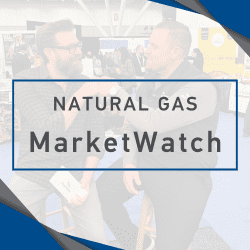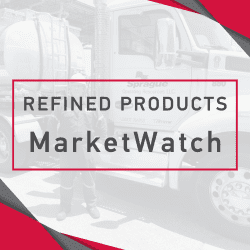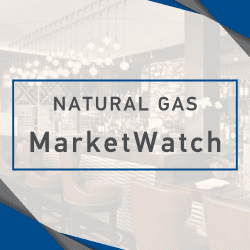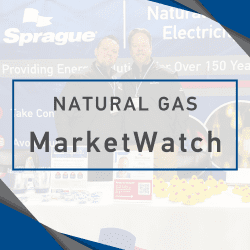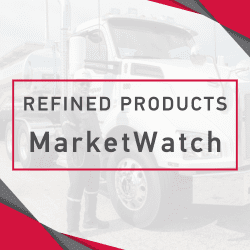Recap: The crude market on Thursday ended the session as the market remained supported by the optimism over U.S. trade negotiations and a larger than expected draw in oil inventories. The market traded higher and posted a high of $66.39 by mid-day amid the news that the EU and the U.S. were moving towards a trade deal. The market was also supported by a suspension of Azeri crude exports from the Turkish port of Ceyhan and a brief halt to loadings at Russia’s Black Sea ports, which has since been resolved. The market, however, erased most of its gains early in the afternoon as it sold off to a low of $65.33. The oil market was pressured by the news that the Trump administration planned to allow Chevron to once again produce oil in Venezuela. The September WTI contract later bounced off its low ahead of the close and settled up 78 cents at $66.03 and the September Brent settled up 67 cents at $69.18. The product markets ended the session in negative territory, with the heating oil market settling down 3.61 cents at $2.4129 and the RBOB market settling down 1.71 cents at $2.1042.
Technical Analysis: The oil market will continue to trade within its sideways trading range as traders await further announcements on U.S. trade agreements ahead of the August 1st deadline. There is still uncertainty over U.S.-China trade talks and peace negotiations between Ukraine and Russia, with the U.S. possibly imposing sanctions on Russian oil. The crude market is seen finding support at $65.33, $64.71, $64.38, $64.10, $63.93, $63.42, $63.11 and $62.84. Meanwhile, resistance is seen at $66.39, $66.44, $67.54 and $68.16.
Fundamental News: U.S. Commerce Secretary, Howard Lutnick, said the European Union really wants to make a trade deal with the U.S. He said representatives from South Korea will also visit his office on Thursday for discussions on trade.
The European Commission said a negotiated trade solution with the United States is within reach, while EU members voted to approve counter-tariffs on 93 billion euros or $109 billion of U.S. goods in case the talks collapse. On Wednesday, two European diplomats said the European Union and the U.S. were moving toward a trade deal that could include a 15% U.S. baseline tariff on EU goods and possible exemptions. European negotiators have been hoping to reach an agreement to avoid the 30% tariff rate U.S. President Donald Trump has said he would impose on imports from the European Union on August 1st.
Sources stated that U.S. President Donald Trump’s administration is discussing authorizations to key partners of Venezuela’s state-run oil company PDVSA, starting with Chevron, which would allow them to operate with limitations in the sanctioned country. If granted, the authorizations to Chevron and possibly also to PDVSA’s European partners, would mark a policy shift from a pressure strategy the U.S. adopted earlier this year.
Bloomberg News reported that the biggest impact of the new sanctions imposed by the European Union on Russia will occur in the diesel market, where independent stockpiles in Europe’s Amsterdam-Rotterdam-Antwerp hub are at a three year low for this time of year.
Valero Energy said it plans to operate its 15 refineries up to 94% of their combined total complete throughput capacity of 3.2 million bpd in the third quarter of 2025.
Early Market Call – as of 9:00 AM EDT
WTI – Sep $66.53, up 39 cents
RBOB – Aug $2.1122, up 43 points
HO – Aug $2.4325, up 2.3 cents

